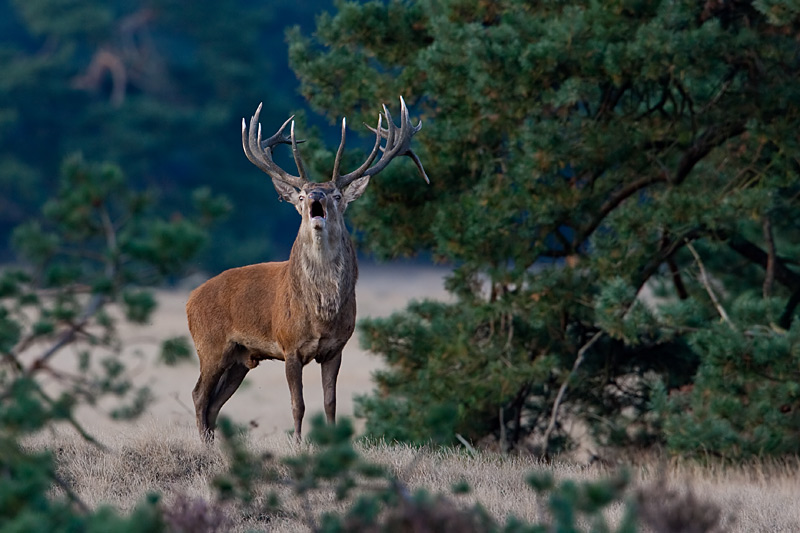Yes they absolutely are, literally by inarguable definition, but if this is the hill you want to die on then you do you my guy.
I am ok with your point of view.
Although check this out if you’d have a time and let me know what you think.
“There is no precise definition for a menagerie, but in determining that animal collections evolved into menageries, certain characteristics may be recognized. In a menagerie, as many species as possible are exhibited, animals are exhibited in taxonomically arranged rows of barred cages, staff is somewhat knowledgeable about animals, and there are limited education and science programs; the main emphasis is on recreation or entertainment. Menagerie, as a word, did not enter the European vocabulary until it was first used in France in the early eighteenth century, and it was some time before it was used to refer to a collection of wild animals. However, menagerie is not a well-defined word and the above characteristics are not precise criteria. Menagerie tends to be a concept that individuals, including zoo historians, view differently.
Neither is there any precise definition for a zoological garden, but in determining that menageries became zoological gardens, certain characteristics may again be recognized. In a sense, zoological gardens are simply sophisticated menageries. Nevertheless, they have more naturalistic animal exhibits arranged ecologically or zoogeographically, staff that is increasingly knowledgeable about animals, and improved education, research, and conservation programs. Conservation parks (or bioparks) are similar to zoological gardens, but with an increased emphasis on immersion exhibits that re-create natural habitats and on conservation (in situ field programs, as well as ex situ captive management programs).
Moving along the continuum from menageries to zoological gardens (and on to conservation parks), it is difficult to pinpoint any clearly defined transition points. However, it can be said with some degree of certainty that particular institutions led the transition from menageries to zoological gardens, such as Schönbrunn (Vienna), the Jardin des Plantes (Paris), the London Zoological Garden, and the Philadelphia Zoological Garden. Other institutions of the world have performed similar roles for their regions.
Whatever definition one chooses, modern zoos may include a variety of facilities: zoological parks, conservation parks, aviaries, herpetariums, safari parks, insectariums, butterfly parks, and endangered species rehabilitation centers. Aquariums and oceanariums are unique forms of zoological gardens and are here distinguished from the other terrestrially oriented facilities (as the aquarium profession generally prefers). All of these variations are considered in this history under the umbrella term zoological gardens. In addition, other modern institutions are merging with the zoological garden concept. National parks and wildlife reserves are becoming so inten- sively managed that they are becoming zoogeographic megazoos. Although they are not bona fide zoos, they do resemble the ancient royal animal parks, and as natural habitats decrease and management of the remaining park areas increases, these park areas may one day be included in the zoological garden concept.”

